Anna Di Prospero, Messina Station, 2022 | Courtesy Archivio Luce Cinecittà and FS Italiane Foundation
Fragments of the history of Italy run along the tracks of a time that memory has sealed, from north to south, to return them to us through crystallized shots rich in suggestion. Similar to railway exchanges that divert lives and stories, the eight sections of the photographic exhibition The station memory, in progress until November 1st at the Auditorium Parco della Musica in Rome, return the portrait of the country by accompanying us through eight stations in large Italian cities, on a 90-year journey. The protagonists of these stations – Trieste, Milan, Venice, Bologna, Florence, Rome, Naples, Messina – similar to the “most phantasmagoric concentration of human beings imaginable”, the faces. From those known by Marcello Mastroianni, combed by a hairdresser of the troupe during the filming of The engaged coupleOrson Welles and Sean Connery, to the anonymous ones of a traveler sitting on the platform of the station with her children or of a little traveler in the atrium of the Venice Santa Lucia ticket office.
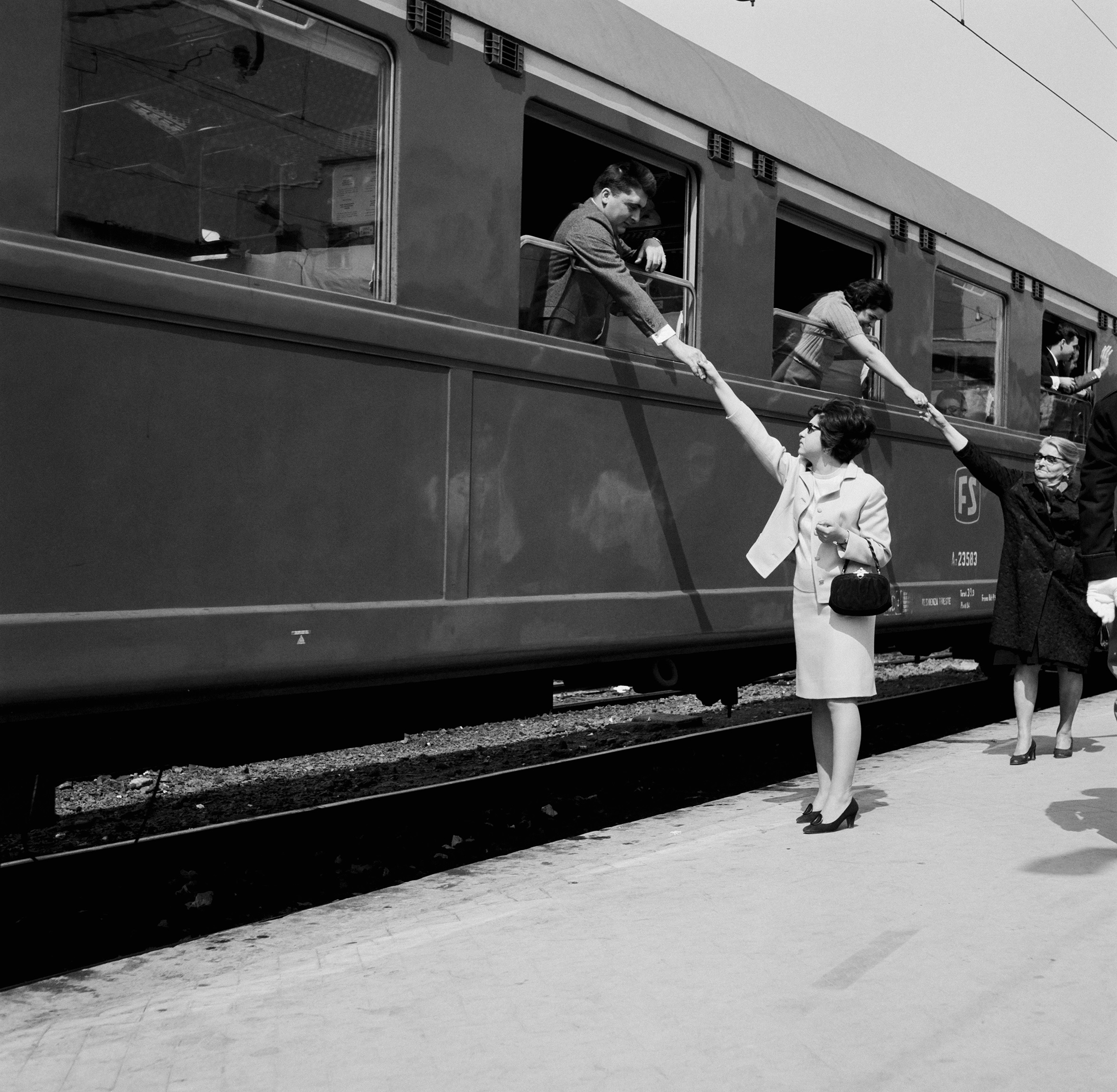
Vincenzo Di Cara, Messina Station, Train departing with travelers saying goodbye, 1968, FS Italiane Foundation
The meal of two passengers, consumed on a bench in Termini station gives way to trains, like the new electric train stopped on a track on the occasion of its inauguration, in the private room of the Royal Pavilion, in Florence, in the long and high gallery of head of the tracks of Milan Central Station, and again at the mobile railway bridge with the ferry Cariddi docked, at Messina Centrale station.
These faces, gestures, images that animate the exhibition – the first curated entirely by the new president of Cinecittà, Chiara Sbarigia – intertwining in multiple points of view, come from the immense wealth of documents and images of the Luce Archive – one of the richest and most in continuous expansion, audiovisual memory of the 20th century in Italy and the Mediterranean – enhanced by the shots from the FS Foundation – part of the Ferrovie dello Stato group – which offer, according to original selection paths, new visions of that privileged point of view that are the its railway stations.
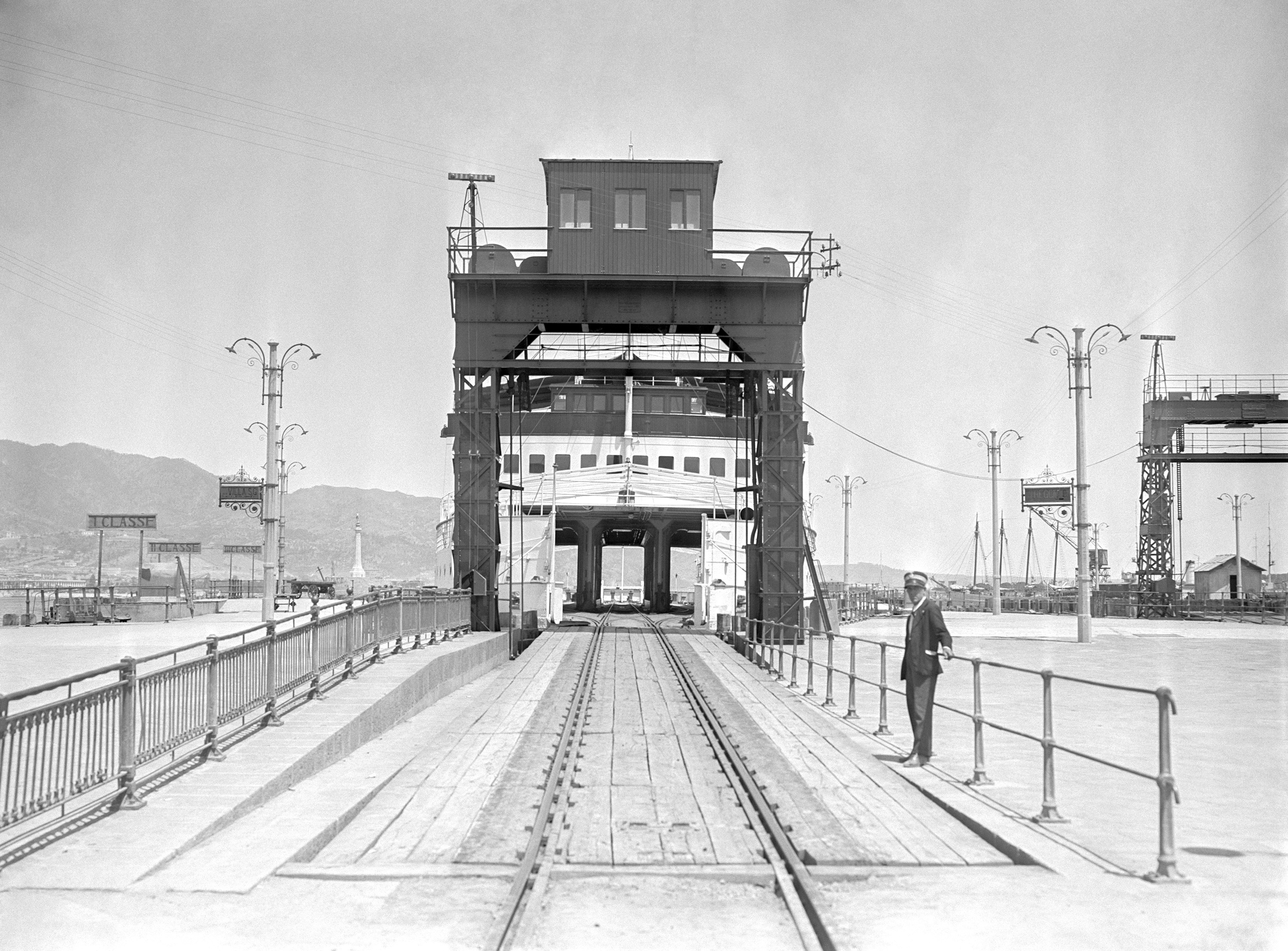
FS Cariddi ferryboat at Messina station. New dock with mobile railway bridge and docked ferry ship, 1937, FS Italiane Foundation
To compare private memory with public memory, reviving the memory of “one’s” station, are the stories of some of the greatest writers of our time. If Mauro Covacich links the Trieste station to an anecdote, Gaia Manzini retraces a day at Milan’s central station. Enrico Brizzi scrutinizes Bologna with his tragically stopped watch, Sandro Veronesi Santa Maria Novella.
“I have never seen Termini Station during the day, so I am amazed by the vastness – writes Melania Mazzucco about the Roman station -. Those iron lines – parallel, but sometimes capable of crossing each other, drawing enigmatic patterns, communicate the same message. Space, distance, freedom “.
If Valeria Parrella describes central Naples as a place of impermanence, Tiziano Scarpa looks to Venice, while the Messina station, with its rationalist lines, presents itself to us through the voice of Nadia Terranova, who weaves an episode that sees a Savior as the protagonist Quasimodo child.
Presented by Archivio Luce in collaboration with the FS Italiane Foundation, The Memory of the Stations it is an intense and fascinating story, through 92 archive images, historical documents and a film.
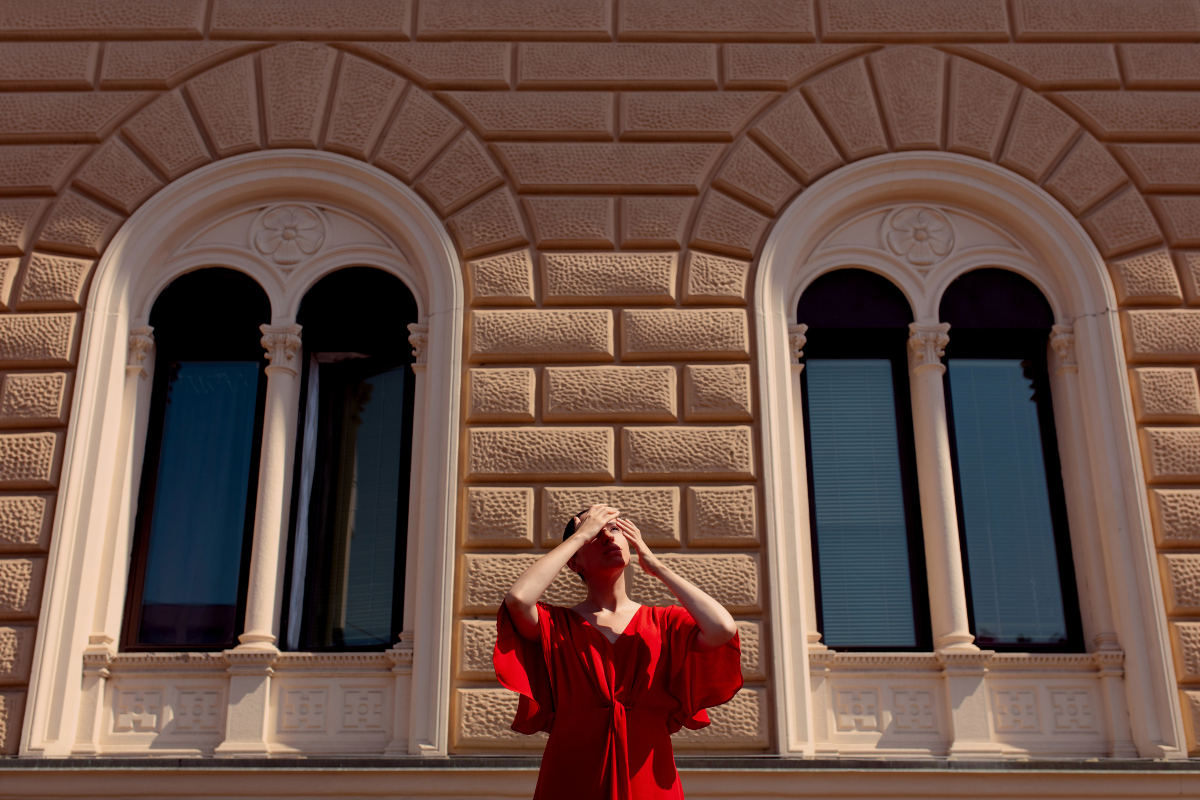
Anna Di Prospero, Bologna Central Station, 2022
“The choice of stations – explains Chiara Sbarigia – was completely arbitrary. In part it was tied to the writers I had in mind to involve. It is an extremely current story. People from all geographic backgrounds and from all cultural and social backgrounds pass through the stations: the wealthy manager, the foreign tourist, the off-site student, the commuter, the homeless people who beg and take shelter from the weather under the shelters. Furthermore, this exhibition well summarizes the guidelines that have shaped my cultural project for Cinecittà, starting from the central role that the Archivio Luce plays, an inestimable heritage of images and films that must be disseminated, enhanced, enriched and above all put into dialogue. with other Archives and other artistic expressions, faithful to the principle according to which an inactive wealth is an inert truth ”.
The twenty unpublished images created by Anna Di Prospero are precious, to return a necessary female point of view of the world explored by the exhibition, in a continuous dialogue between ancient and modern. The figure of the same photographer from behind, in a red dress, seems to interact with the buildings like a dreamlike and disturbing presence.
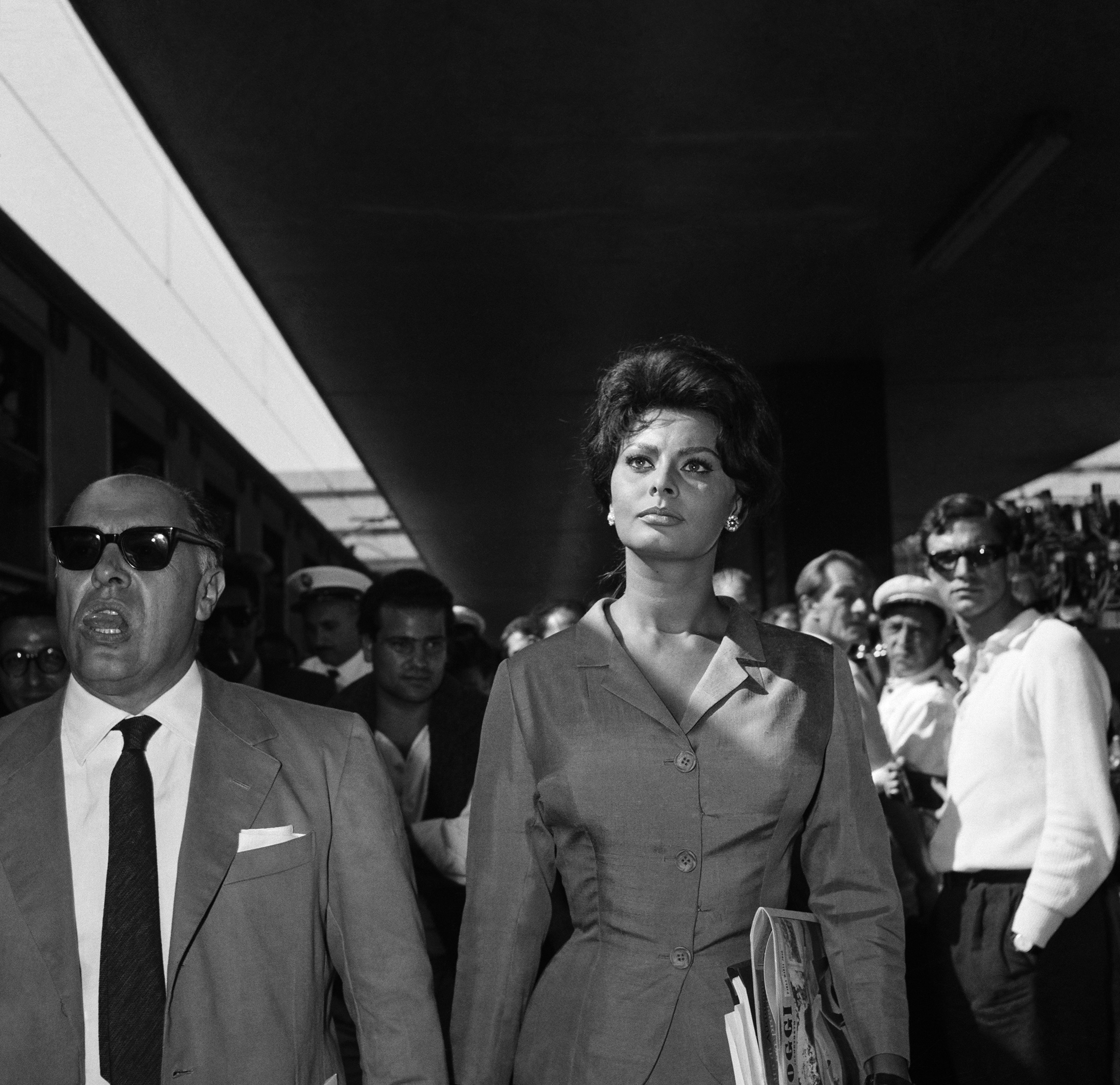
Sophia Loren and Carlo Ponti leaving for Lugo di Romagna from the Termini station in Rome, 22/09/1961, Archivio Luce Cinecittà
“Thanks to this project – explains Di Prospero, who will also be the first woman to be acquired by the Luce Archive – I realized how much more inclined she is to describe places with rationalist architecture. From this point of view I found the Messina station wonderful. Her plan has remained the same as it was 50 years ago. I have been waiting for the perfect light. From some unofficial photographs found online, I learned that, at sunset, a beam of light cut the porch perpendicularly ”.
After this first exhibition in Rome, The Memory of the Stations he will travel the world, with a first stop in Paris in mid-January at the “Paris Cinema Club” Gallery. The beautiful volume-catalog is published by Marsilio Arte / Archivio Luce Cinecittà.
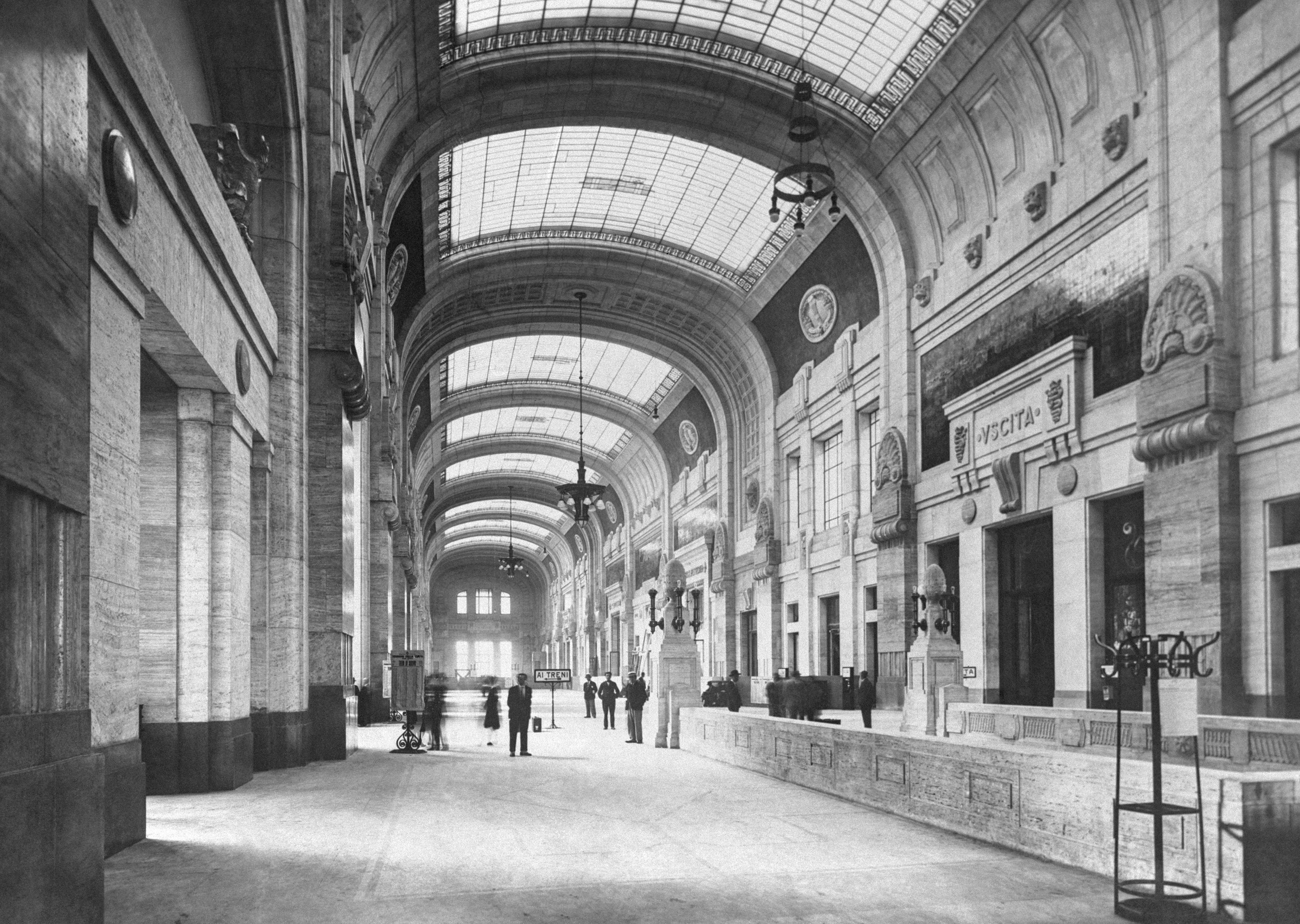
New Milan Central Station, construction phases and railway reorganization of the city. View of the building towards the end of the works | Courtesy FS Italiane Foundation

